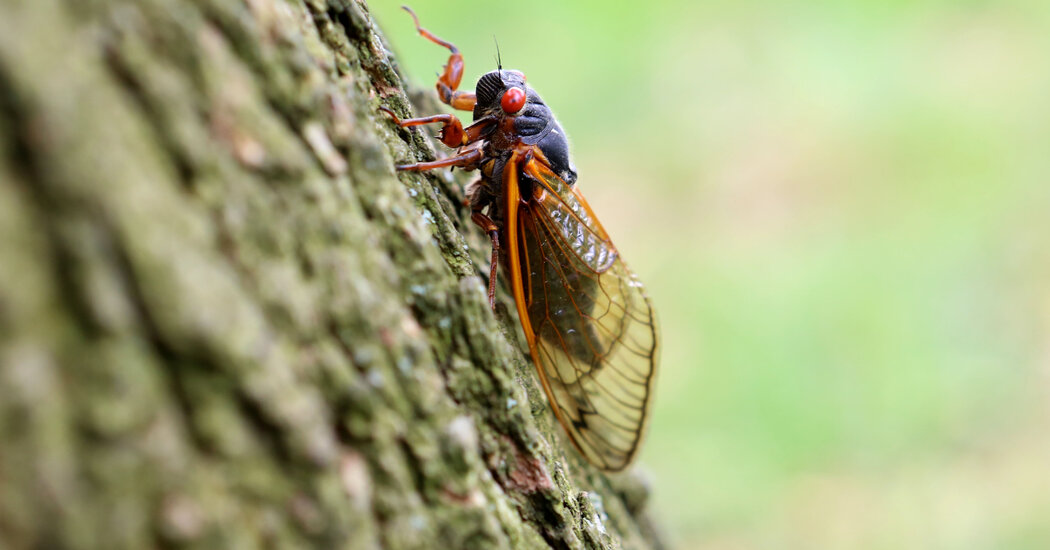Brood XIX and Brood XIII will both emerge this spring. The last time these bugs showed up at the same time in the United States, Thomas Jefferson was president.
The cicadas are coming — and if you’re in the Midwest or the Southeast, they will be more plentiful than ever. Or at least since the Louisiana Purchase.
This spring, for the first time since 1803, two cicada groups known as Brood XIX, or the Great Southern Brood, and Brood XIII, or the Northern Illinois Brood, are set to appear at the same time, in what is known as a dual emergence.
The last time the Northern Illinois Brood’s 17-year cycle aligned with the Great Southern Brood’s 13-year period, Thomas Jefferson was president. After this spring, it’ll be another 221 years before the broods, which are geographically adjacent, appear together again.
“Nobody alive today will see it happen again,” said Floyd W. Shockley, an entomologist and collections manager at the Smithsonian National Museum of Natural History. “That’s really rather humbling.”



Is this bad?
No, they’re harmless and they don’t even do much damage to plants because they mostly eat plant fluid in twigs, which trees and bushes usually survive just fine, even with a huge number of cicadas on them.
They’re just a big mess.